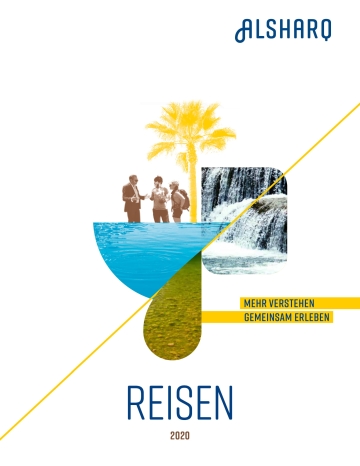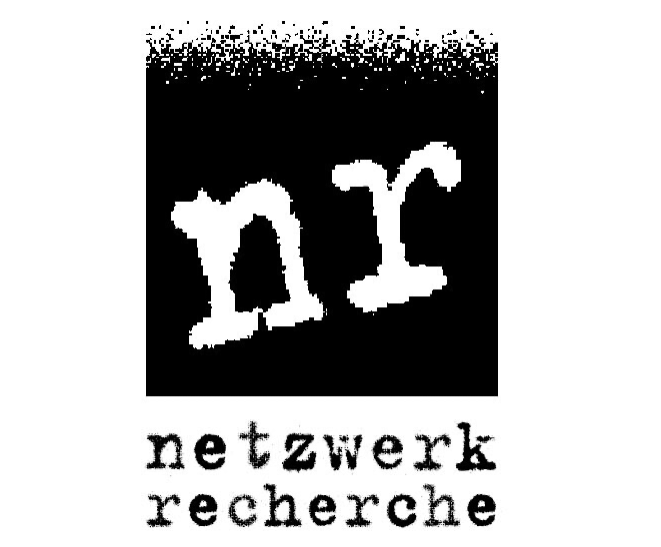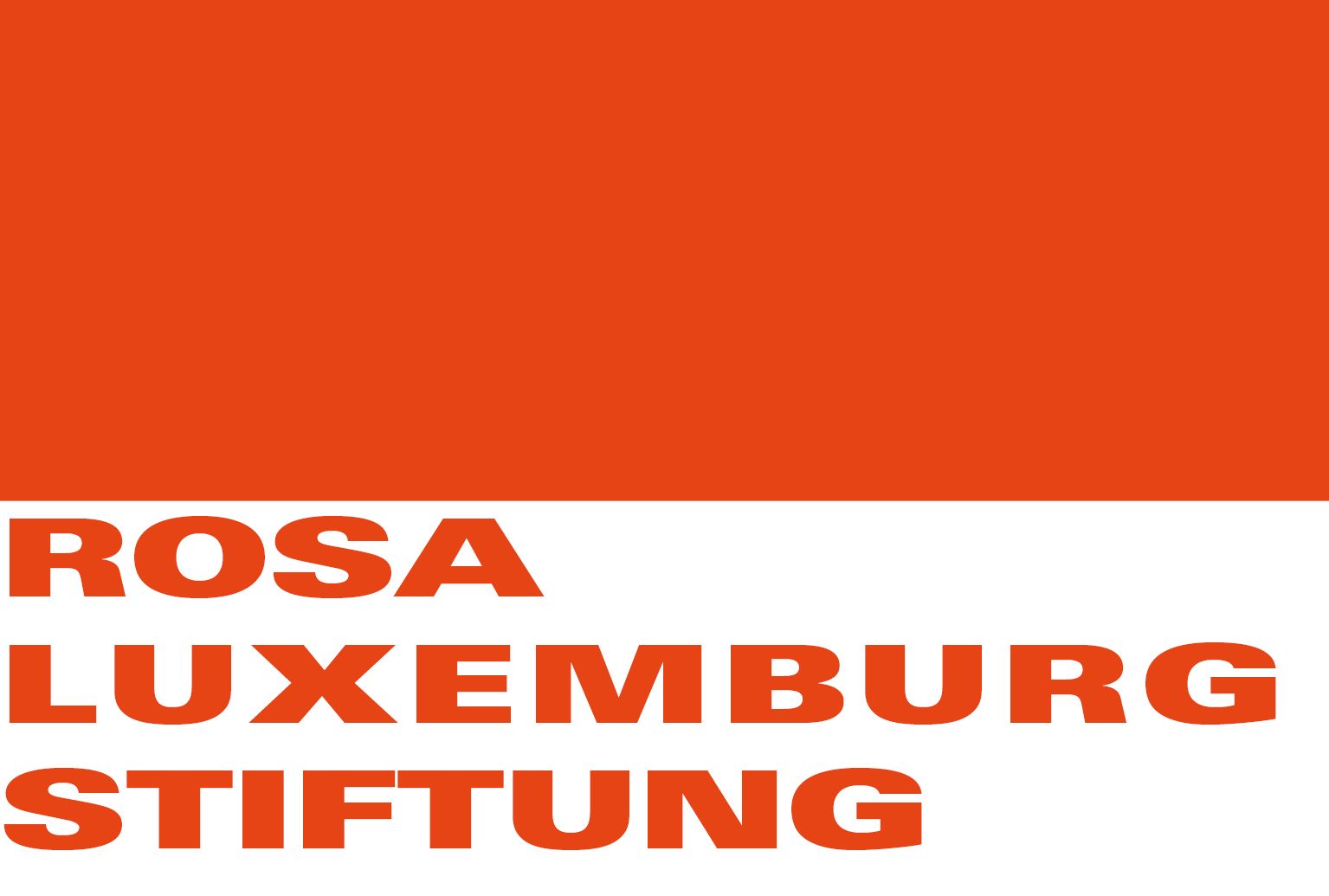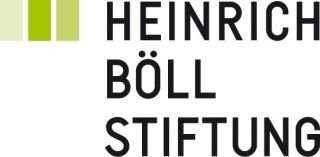Ein Gastbeitrag von Fernando Carvajal.
The political transition in Yemen continues obstructed by infighting, stalled military restructuring, presence of Islamic militants, a secessionist movement and an eight year-old rebellion in the north by a Zaydi group holding near autonomy over the province of Sadah. The rebels, under the political and spiritual leadership of Abd al-Malek bin Badr al-Din al-Houthi, have expressed their conditional willingness to participate in the upcoming National Dialogue process, but very few see any realistic possibility the group will loosen its grip on authority over the province that grants them protection and plenty of political capital.
Now in its eighth year, the rebellion that began in 2004 at Marran district of Sadah province consists of a well organized authority and military structure able to hold territory from the capital’s city center to the peripheries bordering Hajja in the west and al-Jawf in the east. This group has been the center of attention this decade as result of the degree of threat against central authority in Sana’a and Saudi Arabia, who perceives the group as part of Iran’s sphere of influence in its southern flank. The Houthi group did not help its cause in diminishing perceptions of an alliance with Iran when it adopted the slogan ‘Death to Israel and Death to America’ and when it continues to send students to Tehran and other cities like Syria’s capital Damascus. Many observers continue to dismiss such claims of a Zaydi-Shia alliance as mere warmongering by the US and Saudi Arabia, but at this stage both financial and political relations are well evidenced.
Accusations of links to the religious government in Iran began in the 1990s when the Embassy in Sana’a developed medical centers in Marran district of Sadah. This was the home of deceased Hussain bin Badr al-Din al-Houthi (d. 2004), original leader of the Houthi group killed by Yemeni armed forces. By 2001 Houthis had taken advantage of a willingness by Tehran to help the group with academic texts whose publication in Yemen had been prevented by Ali Abdullah Saleh’s political ally al-Islah party, who controlled the Ministry of Education. Following a decision to rein in non-government religious schools by a Sunni political party, Zaydi groups like al-Shabab al-Mumineen (Believing Youth) had to find alternative sources for publications. This was not only a problem in a majority Zaydi province like Sadah, but also for Sana’a-based schools such as the Badr Center and Mosque under Imam al-Murtada al-Mohadwari. Observers indicated the policy against Zaydi books and schools was meant only to target the growing influence of Zaydi scholars in Yemen. There were many Sunni non-government schools who were not targeted by this policy, including al-Iman University founded by Shaykh Abd al-Majid al-Zindani, a cleric affiliated to al-Islah party. But this policy did target non-main stream sunnis like the Salafi schools of the late Shaykh Moqbil al-Wada’i, whose base remains in Damaj, Sadah.
Leadership and Stability
Most observes in Yemen agree that while the Houthi rebellion of 2004 carried legitimate grievances of religious persecution and marginalization, its origins lie in an intra-regime conflict. Hussain al-Houthi was an officer in Yemen’s military, his brothers were ministers of parliament or officials in Ali Abdullah Saleh’s government. Hussain al-Houthi was also instrumental during negotiations of the 2000 border agreement between Yemen and Saudi Arabia. He had managed to secure stability along the new border among Zaydi tribes who refused to recognize the new permanent demarcation. Historically, these tribes, from Hajja to al-Jawf, never recognized the original 1934 treaty between Imam Yahya and Abdul Aziz al-Saud granting al-Saud the territories of Asir and Najran. Following the 2000 treating, Hussain al-Houthi was promised much in reward for supporting the new treaty, this failed to materialize and as direct persecution of Zaydis gained momentum, Hussain declared armed opposition to the government in Sana’a.
Today’s movement has evolved from its origins in the 1990s and from the vision and leadership of Hussain al-Houthi. The group has been empowered by multiple successes, and its leadership decentralized, especially following the death of patriarch Badr al-Din al-Houthi in November 2010. Abdul Malek bin Badr al-Din al-Houthi has been Hussain’s successor since his death in 2004, and brothers Mohammed and Abd al-Kareem provide support from Sadah, while Yahya bin Badr al-Din al-Houthi provides support from outside Yemen. Leadership with the Zaydi group began to fragment when people like Abdullah Eidah al-Rezami moved away from the absolute authority of Abd al-Malek. Sources in Sadah indicate the group may be fragmented into three competing segments, which will make it more difficult to engage in preparation for the national dialogue.
Fragmentation of the Zaydi group not only threatens relations with the Yemeni government, but also the stability along the Saudi border. After taking the city center of Sadah on 23 March 2011, Houthis have held their ground and moved away from incursions across the Yemen-Saudi border. Much of this had to do with military capability focused on holding the city center and containing the Salafi group in Damaj and its sympathizers in Kitaf (northeast of Sadah city). Also, Houthis were engaged in al-Jawf province by a group of tribal elements loyal to the Sunni political party al-Islah from April to September 2011. The tribal groups in al-Jawf had taken over the provincial capital in a rebellion against the government of former president Ali Abdullah Saleh during the youth-led revolution. This also allowed them to attempt to push back Houthis from the western areas of al-Jawf taken during the last war against government forces. Such armed conflict became a proxy war between Zaydis and al-Islah with roots in attempts by the latter to contain the influence of Zaydi scholars during a campaign of sunnification of academic curricula throughout Yemen.
Obstacles to Dialogue and Reconciliation
The dialogue process mandated by the Gulf Cooperation Council (GCC) Initiative signed on 23 November 2011 in Riyadh remains the most difficult task during the transition period. President Abdo Rabo Mansour Hadi, elected on 21 February 2011, must bring together a diverse group of Yemenis involved in the Arab Spring-inspired revolution and groups such as the secessionist Southern Movement, Houthis, al-Islah party and its affiliates, as well as the fragmented junior partner within the opposition Joint Meeting Party (JMP). President Hadi has already made it clear to all parties that Houthis must participate unconditionally in the dialogue, but it still remains to be seen if Houthis under Abd al-Malek will participate as Ansar Allah, as part of the new al-Umma Party or the established Zaydi al-Haq party. As in the case of the Southern Movement, Houthis remain divided inside and outside Yemen, and the process for engagement cannot alone be left up to the preparatory committee.
People like Shaykh Ammar al-Mujali of Damaj indicate Houthis under Abd al-Malek are losing political support. Since the start of Houthi incursions into Sadah city center on 19 March 2011, a day after the massacre of protesters in Sana’a’s Change Square, tribal leaders have been abandoned by the Yemeni army, al-Firqa and the intelligence agencies. The destruction of much of the city center by Houthis also contributed to resentment against the group bent on targeting the assets of its armed rivals, like bayt al-Mujali of al-Abdeen tribe. Al-Mujali’s tribe was also the primary protector of the Salafi group in Damaj, who have been under siege for over a year, often unable to receive food supplies. The Salafi group remains entrenched in the are of the Markez al-Hadith with some weapons provided by al-Abdeen tribe prior to abandoning the city of Sadah.
Many tribal leaders continue to request support from the government to no avail. The area saw a complete withdrawal of government forces in 2011, but the 1st Armored Brigade (al-Firqa), of the NorthWest Command, remained positioned within their respective military camps in the province of Sadah. Armed Firqa soldiers were also seen guarding demonstrations by Houthis through Sadah city center during celebration of the Prophet’s birthday when Abd al-Malek al-Houthi made a scheduled appearance before thousands of supporters early in 2012. Tribal elements have now engaged Houthis once again in direct armed conflict in areas like Kitaf. Many of the battles have been characterized as sparks of a sectarian conflict, mainly due to the fact that elements engaging Houthis are affiliated to the Salafi group of Damaj or the sunni al-Islah party. Claims of sectarian violence have been dismissed by Yemeni activists and politicians but indeed all groups involved have adopted a narrative of ‘us against them’, and label each other by their religious affiliation, not political agendas.
Arguments over whether Yemen faces a new sectarian conflict or not often depend on interpretations of history. Houthis have adopted a narrative of dissent based on the idea of religious persecution. Their claim since the late 1990s has been that the government in Sana’a, under a former president of Zaydi tribal origin, prevented minority Zaydis from practicing their religious beliefs. This persecution existed mainly as result of a strong alliance between President Saleh and al-Islah following the 1994 civil war against southern socialists. But also, many supporters of the Houthi movement from among sayyid families (descendants of the Prophet Mohammed) focus their own narrative on a systemic persecution of Zaydis following the 1962 revolution against the last Zaydi Imam of north Yemen. Although a number of sayyids revolted against the last Imam, many families believe the government engaged a policy to marginalize sayyid families in order to reverse a class system wherein sayyids were first class citizens. This view extended from the revolutionary narrative adopted by the military officers who led the revolution against Imam al-Badr Mohammed Hamid al-Din and royalist tribesmen supported by Saudi Arabia until 1967.
Both sides, Sunni and Zaydi, carry opposite interpretations of the millennia of Zaydi Imamic rule in north Yemen. Shafi (Sunni) Yemenis claim Zaydi Imams imposed harsh rules over them until 1962. Zaydi Yemenis today say the sunnification of Yemeni society under the influence of Salafi or Wahhabi groups, like those of Shaykh Moqbil al-Wada’i or Shaykh al-Zindani, and the role of the Muslim Brotherhood in recent years has created a hostile environment for this minority group. Such views from both sides describe the environment of sectarianism. In addition, Saudi Arabia has undoubtedly contributed to the spark of a sectarian conflict by claiming the Houthi group is an extension of Iran’s sphere of influence into the Arabian Peninsula.
Reconciliation between Zaydis and Sunni elements, at the leadership level, remains a daunting task. Increasing fragmentation within the Houthi movement and recent clashes between Islah and Houthi youth in Change Square (Sana’a) will continue to obstruct any development toward dialogue. Elements among Houthis have recently adopted a new approach taking advantage of the territorial gains made so far and joined voices reclaiming Asir and Najran taunting Saudi Arabia by claiming areas along the Yemeni-Saudi border are stolen lands and must be returned to Yemen. No other group, other then Zaydis, would have a claim on such narrative since this was the territory lost by Imam Yahya Hamid al-Din in 1934. Sunni groups allied to Saudi Arabia would have no reason to make such claims.
Although Houthis may be loosing a degree of local political support, they hold leverage over all parties engaging the National Dialogue process. It will be extremely costly for president Hadi to convince Abd al-Malek to sit across al-Islah and Saleh’s party (General People’s Congress) without first securing a number of concessions. In addition, there are negotiations to be held with Gen. Ali Muhsin of Firqa and Salafis from Damaj, who most likely will not participate even under the umbrella of the new Salafi party al-Rashad. Many obstacles still remain in order to create a positive environment for direct engagement and conflict resolution for a group holding near autonomy of extensive territory along the Yemeni-Saudi border.
Fernando Carvajal is a PhD candidate and Yemen specialist at the University of Exeter (UK) and is currently in Sanʻa. He has conducted field work throughout Yemen since 2000.
















